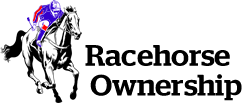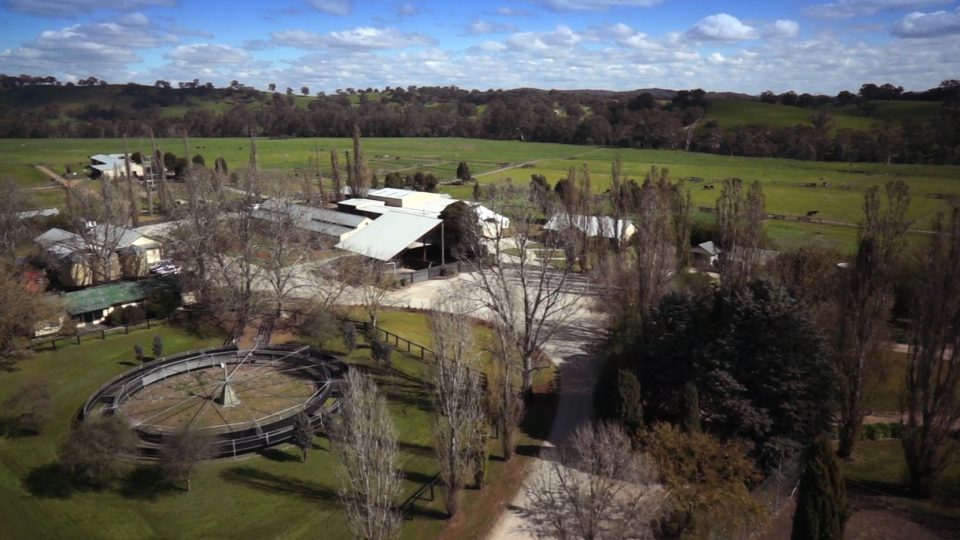Business Or Hobby – FAQ
As the bigger catalogues flood the mail box, it can only mean one thing in racing world – the annual yearling sales circuit is nearly upon us!
No doubt there will be plenty of new investors coming on the scene in the coming months, not just for yearlings but for the many weanling and broodmare sales also in this period, and often serious money will be spent in pursuit of their breeding and/or racing passion.
There will be no shortage of catalogue research and horse inspecting in this period, as there should be, but what will also dawn upon many new players is the obvious question: where do I stand with income tax and GST now that the serious investment has started?
The starting point to answer this subjective question is whether the activity is a ‘business’ or ‘hobby’. If it is a ‘business’, income is assessable and outgoings deductible. GST registration is also allowed if the ATO considers you are running a ‘business’.
Accordingly, I’m going to start the 2017 calendar year with an article focusing on FAQ relating to this crucial ‘business’ or ‘hobby’ topic, which hopefully clarifies this question for many of you.
Business or Hobby – FAQ
Q1. How much do I have to spend to be a horse business?
Answer
It’s not just about the amount spent (the ATO does not set a minimum monetary investment), it depends on several other factors, such as:
- What type and number of horses have been bought (e.g. yearlings, mares, pin-hook weanlings);
- Selling mentality of buyer; and
- Is there a prospect of profit?
Buying into a few random yearlings with a spend of over $100,000, for instance, does not automatically mean you’re a business.
Q2. I’m going to buy my horses in the company/trust/partnership that runs my other businesses, does that make the horses a business too?
Answer
No, a thousand times, no!
The horse activity will be assessed by the ATO in its own merits. Thus, GST cannot be claimed on horse related costs just because you can do so for outgoings for your other businesses in your business entity.
Q3. I’ve heard that all I need is to have sales/turnover in my business of at least $20,000 to be classified as a horse business. Is that right?
Answer
No.
Confusion reigns between the interaction of the ‘Non-Commercial Loss” (NCL) rules and the ‘business’ or ‘hobby’ criteria.
Under the NCL rules, an individual (alone or in partnership), who earns less than $250,000 of ‘adjusted taxable income’, cannot generally claim a loss immediately unless one of four criteria are met, one such criteria is that the activity must generate at least $20,000 of ‘assessable income’. But…you cannot even assess your loss under these rules unless you have a business first.
Accordingly, whether you have $20,000 of sales from your horse activity is academic unless you can first demonstrate that it is a business taking all the criteria into account.
Q4. I have some lovely broodmares that cost tens of thousands of dollars, want to send them to commercial stallions, but I just want to race the stock. Does this make my activities a business?
Answer
No.
Sure, in relative terms, it is easier to demonstrate a breeding business with the ATO than a ‘stand-alone’ horse racing activity.
But a breeding business does not exist unless you have a primary selling purpose – breeding to race may as well be called a ‘stand-alone’ horse racing activity. Instead of going to a yearling sale to buy the racing stock, the person is just playing the ‘long game’ and breeding their own racing stock.
Q5. I only own four quality mares in my commercial breeding business, but I guess I can’t claim it to be a business unless I have the magic number of ‘six’ mares?
Answer
Not right.
The ‘six mares rule’ as a breeding business criteria had its origins from the ATO in the mid 1980’s and was also enshrined in its 1993 horse industry tax ruling. Under that ruling it quoted that “…As a broad guideline, it is expected that the breeder would have at least six quality or commercial brood mares. “
This rule was merely an ATO opinion and held little weight in the courts as many players could prove a breeding business without the required six mares.
Thankfully the updated 2008 ATO ruling on this topic no longer contains the ‘six mares rule’. I was on the ATO consultative panel that assisted with this ruling, and I’m proud to say that I argued strongly for the death of the six mares rule!
In summary, you can have less than six mares and be considered an ATO business, but it’s not just about scale, but how you go about your business, e.g. are you selling stock, are mares mated commercially and regularly etc.
Q6. Why is a Business Plan so important in demonstrating a horse business with the ATO?
Answer
These criteria were inserted into a 1997 ruling by the ATO, the ruling titled “Am I carrying on a business of primary production”.
Subsequent to this, the courts are now relentlessly referring to these criteria in adjudicating whether a person is conducting a ‘business or hobby’. Too many taxpayers have failed to demonstrate a ‘business’ without a plan in the past few years (e.g. Devi’s case and Hartley’s case)
Anyone starting a horse business is risking a fight with the ATO unless they have a proper business plan with projections demonstrating long-term profitability. It is a strong indicator of profit intention, a crucial ATO business factor.
Q7. How should I keep my horse records if I want to demonstrate a business with the ATO?
Answer
This business factor is given major weighting with the ATO.
They should be kept in a form that makes the determination of a profit or loss easily attainable to the business person. This would typically include:
- A dedicated horse bank account that is regularly reconciled;
- The recording of income and expenses on the likes of MYOB, Reckon, Xero accounting software etc. As a minimum, Excel software can be used for this purpose;
- Keeping stock records that are regularly updated; and
- If you have computer cashbook software, ‘job-costing’ each horse gives the activity a more professional look and is a more effective management tool for the business operator, i.e. he or she knows what each horse is costing the business at a point in time.
Please, please..don’t keep records in a ‘shoebox’ or fall behind in your BAS and income tax lodgements – this gives the activity a distinct ‘hobby’ look with the ATO.
Q8. Can I start the horse activity in a small way and gradually build up?
Answer
Yes, starting in small way can still be considered a business, if long term profitability and profit intention is demonstrated. In this regard, existence of a Business Plan is crucial (refer Q6 above).
The courts have held that ‘regularity and repetition’ in the activity together with consistent growth and organisation of your activities in a ‘business-like’ manner is crucial if you want to demonstrate a business in the earlier years where stock numbers have not reached optimum levels.
Q9. Can I introduce stock into the business that was acquired before its official start date?
Answer
Yes, but the appropriate stock must be transferred to the business in accordance with ATO laws re the disposal of capital (‘hobby’) assets from ‘hobby to business’ or where the hobby asset is transferred to an entirely new horse business entity set-up (e.g. a trust or company).
If a horse is transferred from a being ‘hobby’ asset to an item of trading stock in the new business, the owner can elect to do so at either market value or cost – whatever value is elected will largely depend on tax circumstances at the time. If the ‘hobby’ horse is transferred to a new business entity, the Capital Gains Tax (CGT) rules must be kept in mind as a capital gain can often arise.
Note – in most circumstances, the official start date of the activity is the date the ABN is registered.
Q10. What are the most underestimated ATO business factors for someone wanting to demonstrate a horse business?
Answer
Per our extensive experience in dealing with the ATO and being mindful of case law in this area, I would list these as:
- The existence of a Business Plan (refer Q6 above)
- If breeding stock is raced (which is allowed if it is not overdone and there is a commercial reason for doing so), ensuring that the horse is registered in the name of the business entity (e.g. a company) and not, say, a whole lot of individuals related to the breeder (e.g. wife, children, parents etc.). Put bluntly, this is an amateurish look with the ATO, especially if an ‘integrated’ breeding and racing business is being argued to the ATO;
- The use of experts and consultants to assist in buying bloodstock and breeding programmes; and
- Lack of control of your stock, i.e. having too many horses (breeding or racing) where you only have a minority interest. Unless you have an appropriate ‘shareholders’ agreement as to dispute resolution or the general decision making process, this can indicate that you are only a passive player in the activity, which lacks business integrity.
Please contact me if you wish for me to clarify or expand on any of the matters raised in this article.
DISCLAIMER
Any reader intending to apply the information in this article to practical circumstances should independently verify their interpretation and the information’s applicability to their circumstances with an accountant or adviser specialising in this area.
Prepared by:
PAUL CARRAZZO CPA
CARRAZZO CONSULTING CPAs
801 Glenferrie Road,
Hawthorn, VIC, 3122
TEL: (03) 9982 1000
FAX: (03) 9329 8355
MOB: 0417 549 347
E-mail: paul.carrazzo@carrazzo.com.au
Web Site: www.carrazzo.com.au


